Sportfishing groups pushing for Everglades restoration projects are on the edge of a breakthrough—here’s why captains, guides, and anglers are in Florida lawmaker offices this week, instead of on the water
Right now, representatives from TRCP, Bonefish & Tarpon Trust, and other conservation groups are in Tallahassee meeting with legislators from all parts of Florida to rally support for much-needed solutions for Everglades fisheries. Captains, fishing guides, and anglers have come together to remind lawmakers how important Florida’s waters and estuaries are to our small businesses and quality of life.
After years of effort from many partners in the Now or Neverglades coalition, Everglades restoration and a revamped system of water management could finally become a reality. In fact, the important question of water storage south of Lake Okeechobee will be decided in the Florida Legislature over the next eight to ten weeks—a major milestone was reached just yesterday, when the State Senate passed a bill that calls for the construction of a reservoir south of Lake Okeechobee to curb harmful discharges to the St. Lucie and Caloosahatchee rivers. Next, a companion bill will be considered by the House of Representatives.
The issue is as complex as the Everglades ecosystem, but there’s a reason our coalition’s name represents urgency—we need to expedite a fix for Florida’s water management practices to help save the state’s recreational saltwater fisheries, worth $7.6 billion annually. Here’s what you need to know and what you can do to help.
Fixing Flows and Fish Habitat
BTT launched the Fix Our Water initiative in 2016 to raise awareness and engage anglers and the fishing industry around efforts to reverse Florida’s ongoing water crisis. “Water defines our state, from the longest coastline in the contiguous U.S. to some of the country’s most unique freshwater systems,” says Jim McDuffie, president of BTT. “Ensuring clean, abundant, natural flows is the only way we can sustain balance in our ecosystems, ensure the health of our communities, and keep Florida among the top fishing destinations in the country.”
Although water mismanagement is causing problems throughout the state, the region suffering the greatest damage to its recreational fisheries is South Florida. Historically, freshwater from Lake Okeechobee flowed south through the Everglades via the River of Grass. This natural “sheet flow” ensured that Florida Bay received the optimum amount of freshwater, supporting healthy habitats and fisheries.
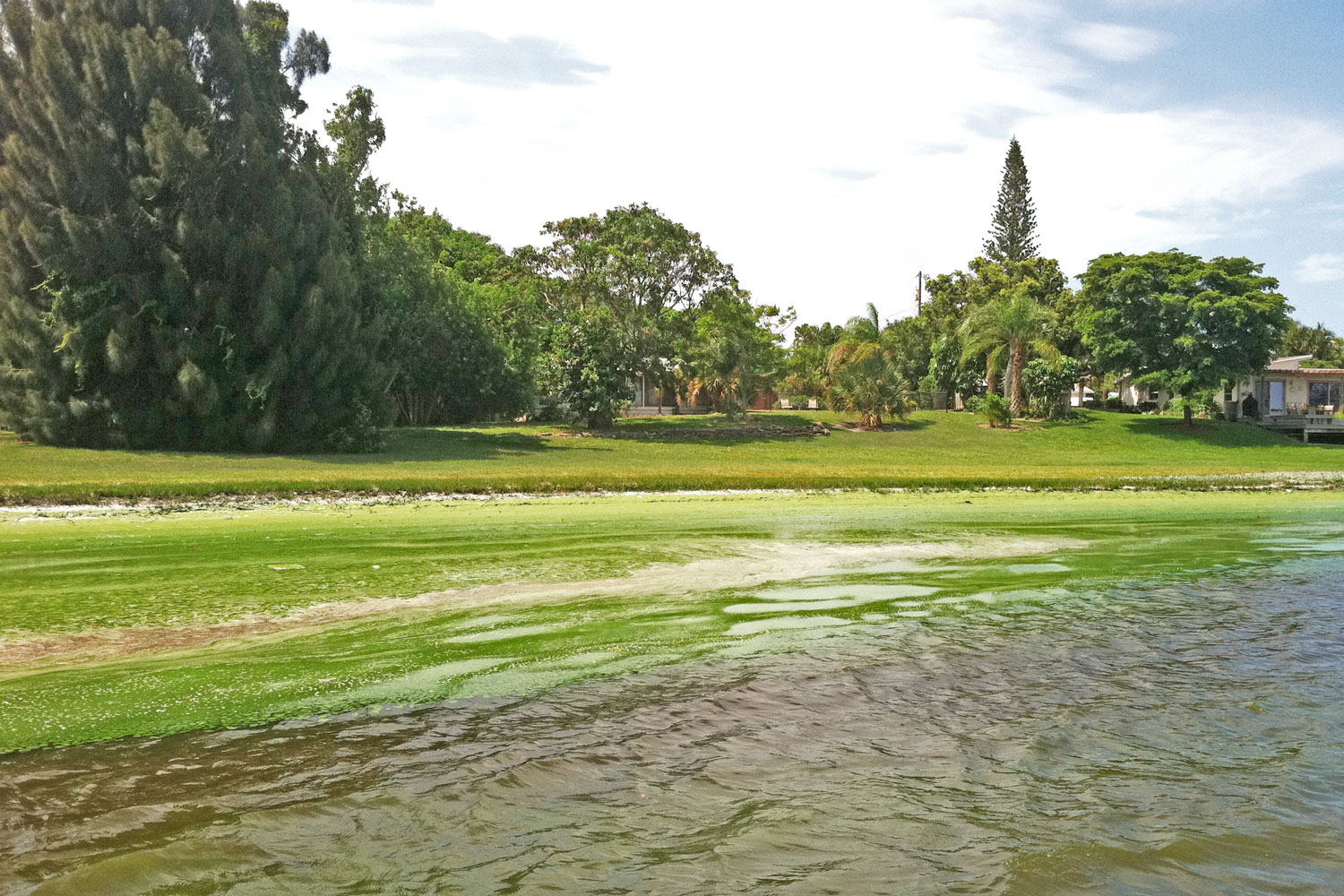
But, today, the Herbert Hoover Dike, which was constructed on Okeechobee to prevent flooding and allow for agricultural development in the region, impedes these southerly freshwater flows, choking the Everglades and making the waters of Florida Bay too salty. This salinity imbalance, combined with too many nutrients from runoff, has resulted in expansive algal blooms, large-scale seagrass die-offs, and numerous fish kills.
The water that should be flowing south from Okeechobee is instead diverted west and east into the Caloosahatchee River and the St. Lucie River and estuaries. The surge of excess freshwater lowers salinity levels, causing similar problems for water quality and plant life.
To make matters worse, the massive discharges of water that took place last summer destroyed millions of dollars’ worth of restoration work in the affected areas. Altered freshwater flows in other parts of the state decimated oyster reefs in the Apalachicola area and contributed to algae blooms and fish kills in the northern Indian River Lagoon. The juvenile snook in the mangrove creeks of Charlotte Harbor were also affected when abundance of the fish’s main food source crashed.
It doesn’t end there. Lake Okeechobee has become contaminated with nitrates and phosphorous leftover from decades of farming and development. The pollution has slowly ruined many of Florida’s prime fishing areas and reduced water quality, putting the public at risk. Earlier this year, warnings were posted for the St. Lucie Estuary due to high bacteria levels. A similar story played out in the Indian River Lagoon, where a brown tide killed a considerable amount of the lagoon’s remaining seagrass.
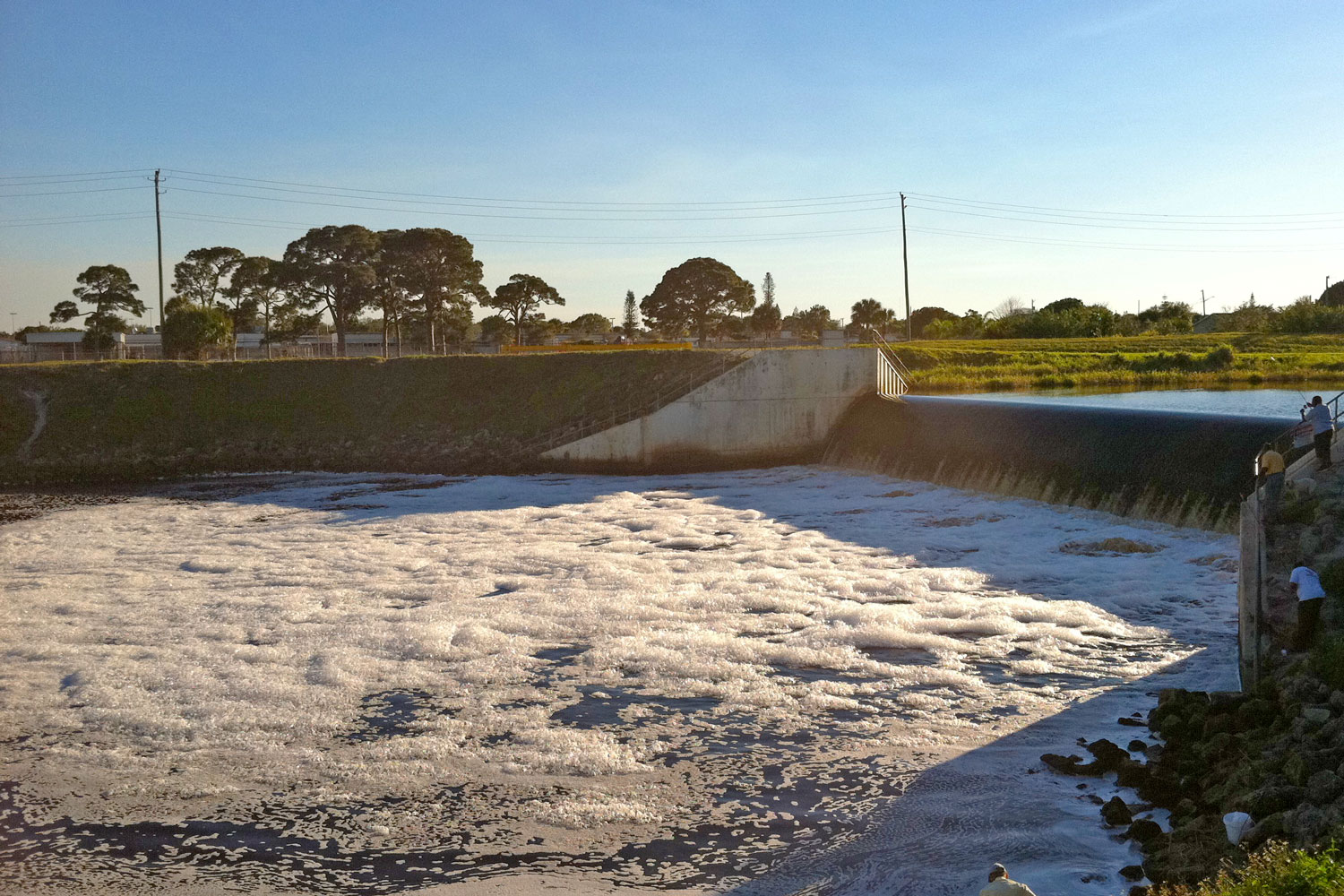
With so much riding on possible solutions, there’s no time to lose, says Dr. Aaron Adams, BTT’s director of science and conservation. “Anglers have to understand that unless we change the way water is managed in Florida, our fisheries could very well disappear.”
A Possible Breakthrough
So what needs to happen? Natural freshwater flows must be restored immediately. Yesterday’s passage of S.B. 10, introduced by Florida Senators Joe Negron and Rob Bradley, is just one step toward providing 120 billion gallons of storage south of Lake Okeechobee. This would dramatically increase the flow of water to the Everglades, while simultaneously decreasing harmful discharges into the St. Lucie and Caloosahatchee estuaries by nearly 50 percent.
Support and authorization from the Florida Senate represents a significant breakthrough in efforts to restore the Everglades and save our fisheries. But now is not the time to let up; we must keep making our voices heard in order to bring about meaningful change. Ultimately, the fate of our fisheries—and our future days on the water in the sportfishing capital of the world—depends on how well we manage our water going forward.
“It’s pretty simple,” says Adams. “If we don’t fix our water soon, habitat will disappear and fish populations will follow.”
Here’s how you can support solutions for South Florida’s fisheries, even if you don’t live in the Sunshine State:
- Sign the Now or Neverglades Declaration, supported by nearly 60,000 groups and individuals—and counting.
- Florida residents should contact their elected officials to urge passage of support for H.B. 761. You can find an easy way to generate a message via email on BTT’s Fix Our Water page.
- We know many of you visit Florida just for the fishing, and you can help, too. Join the effort by texting WATER to 52886.
Learn more about BTT’s Fix Our Water initiative.
Nick Roberts is the membership and communications manager for the Bonefish & Tarpon Trust, one of TRCP’s 52 partner organizations and a leading voice for Everglades restoration.

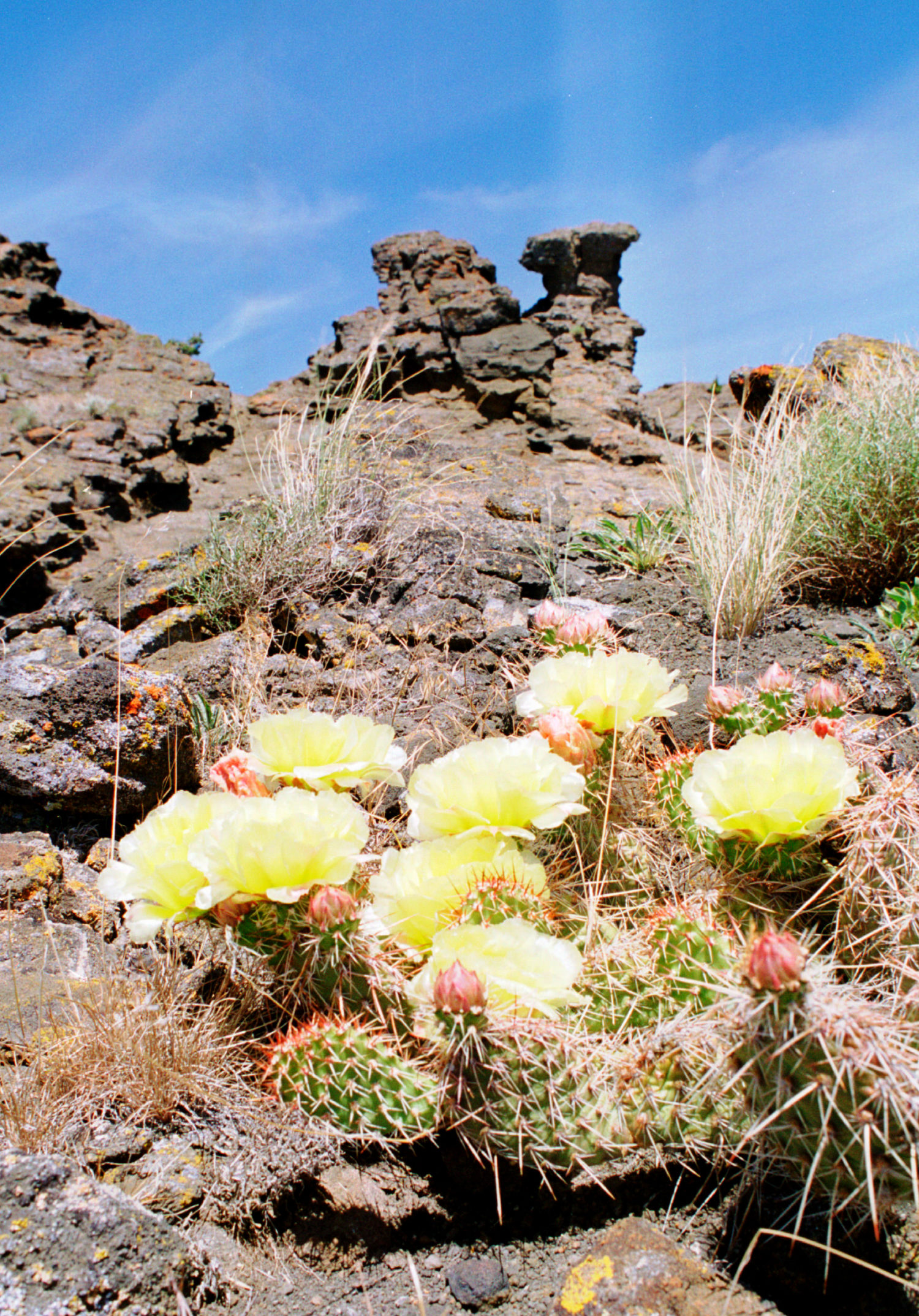
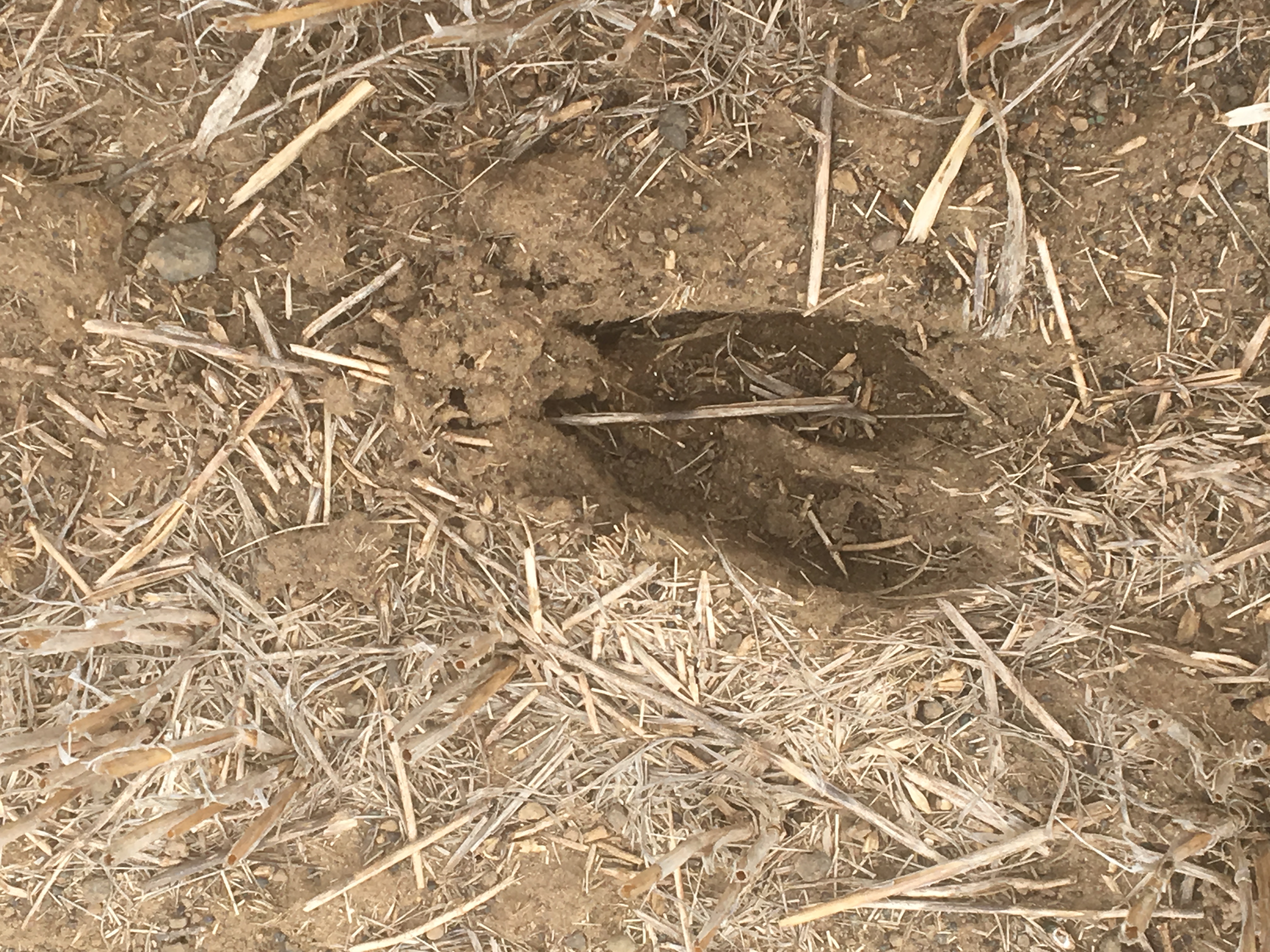
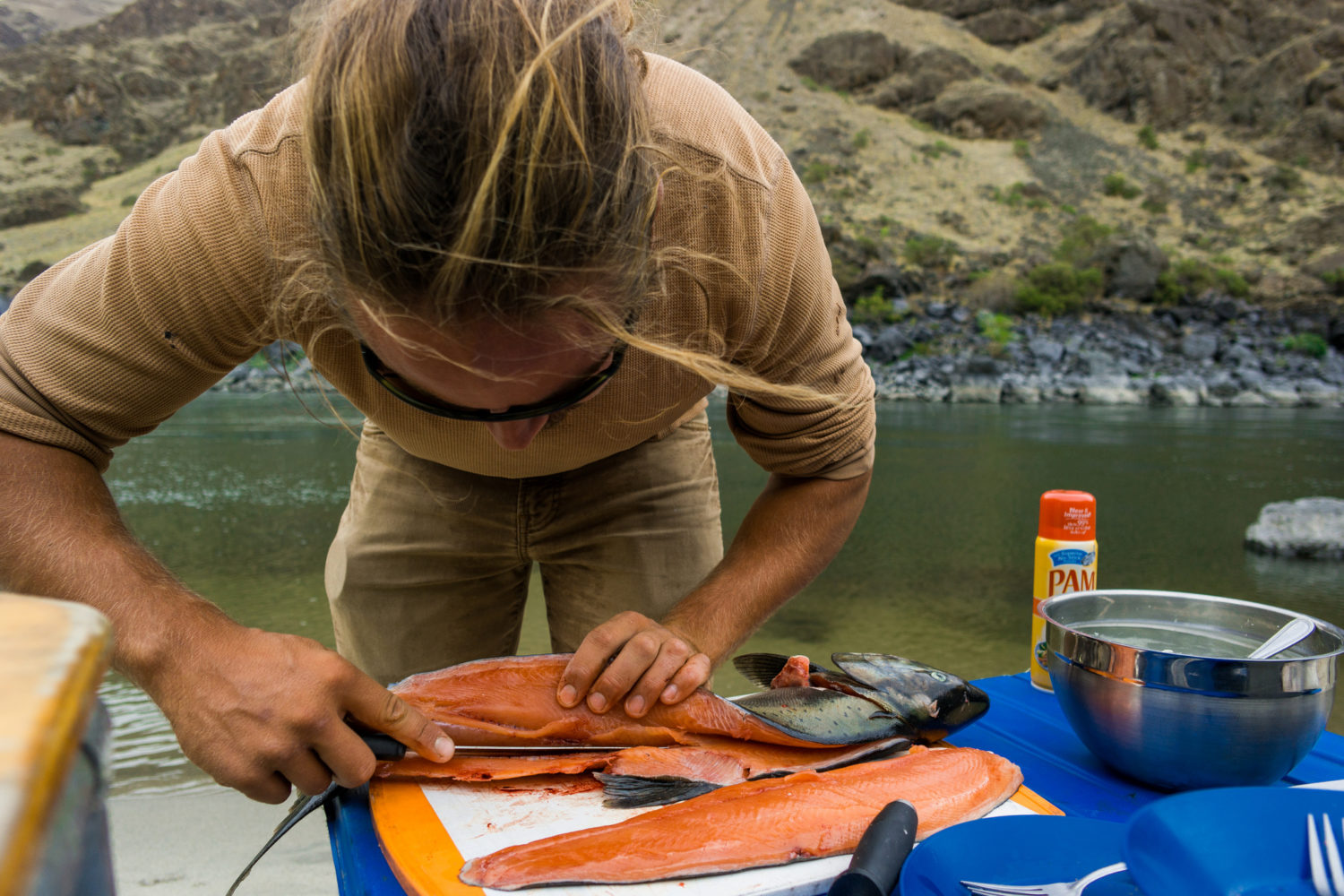
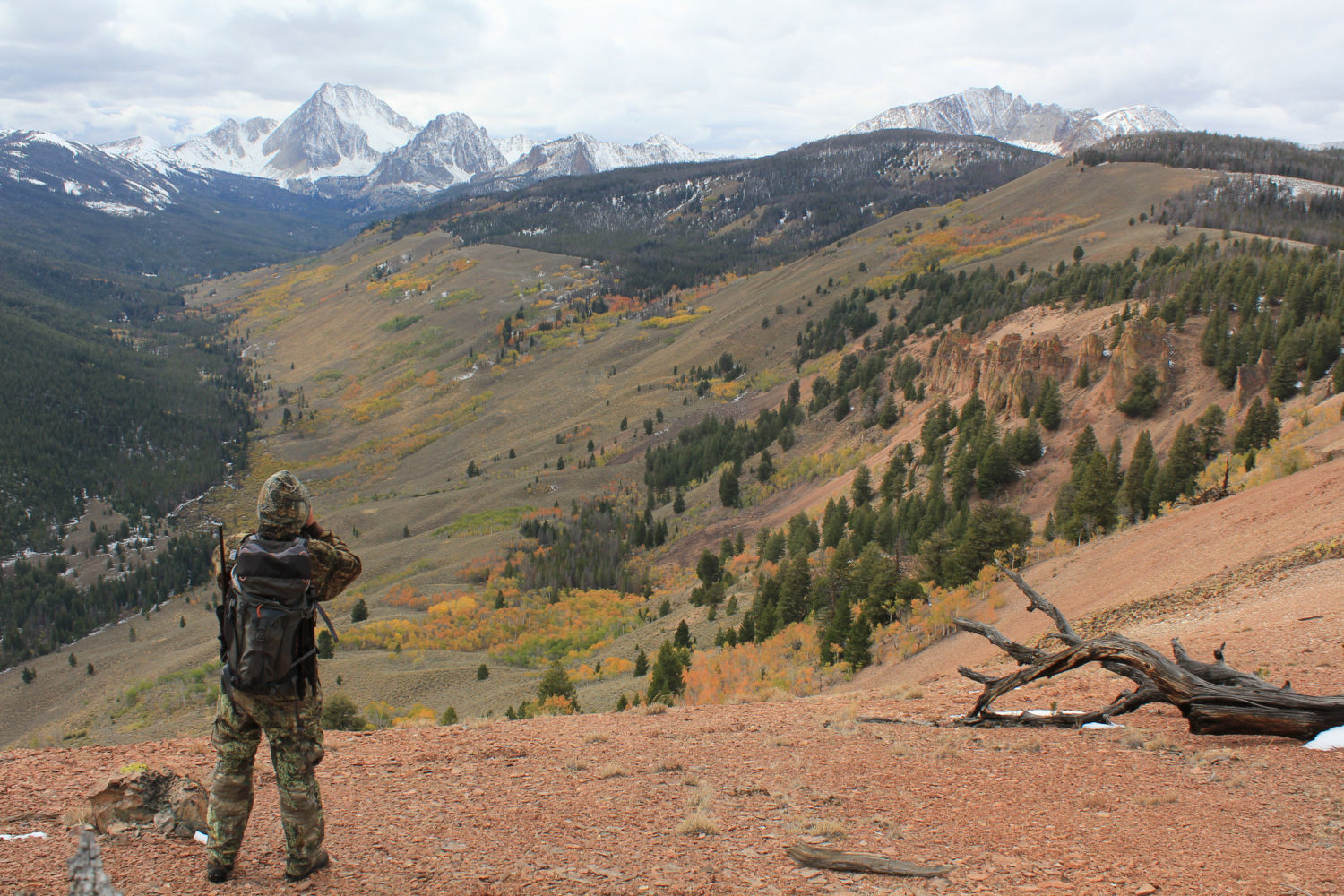
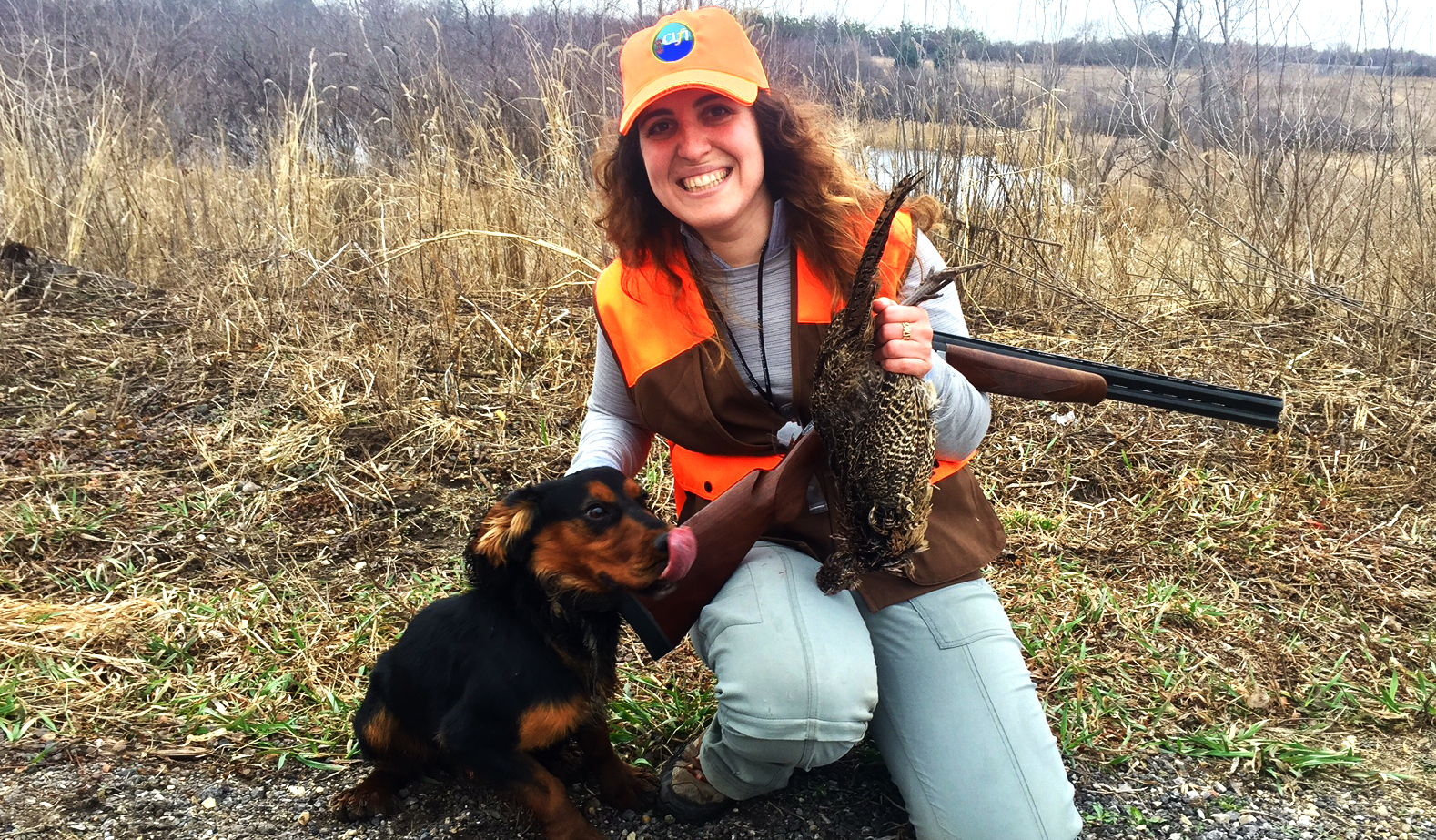
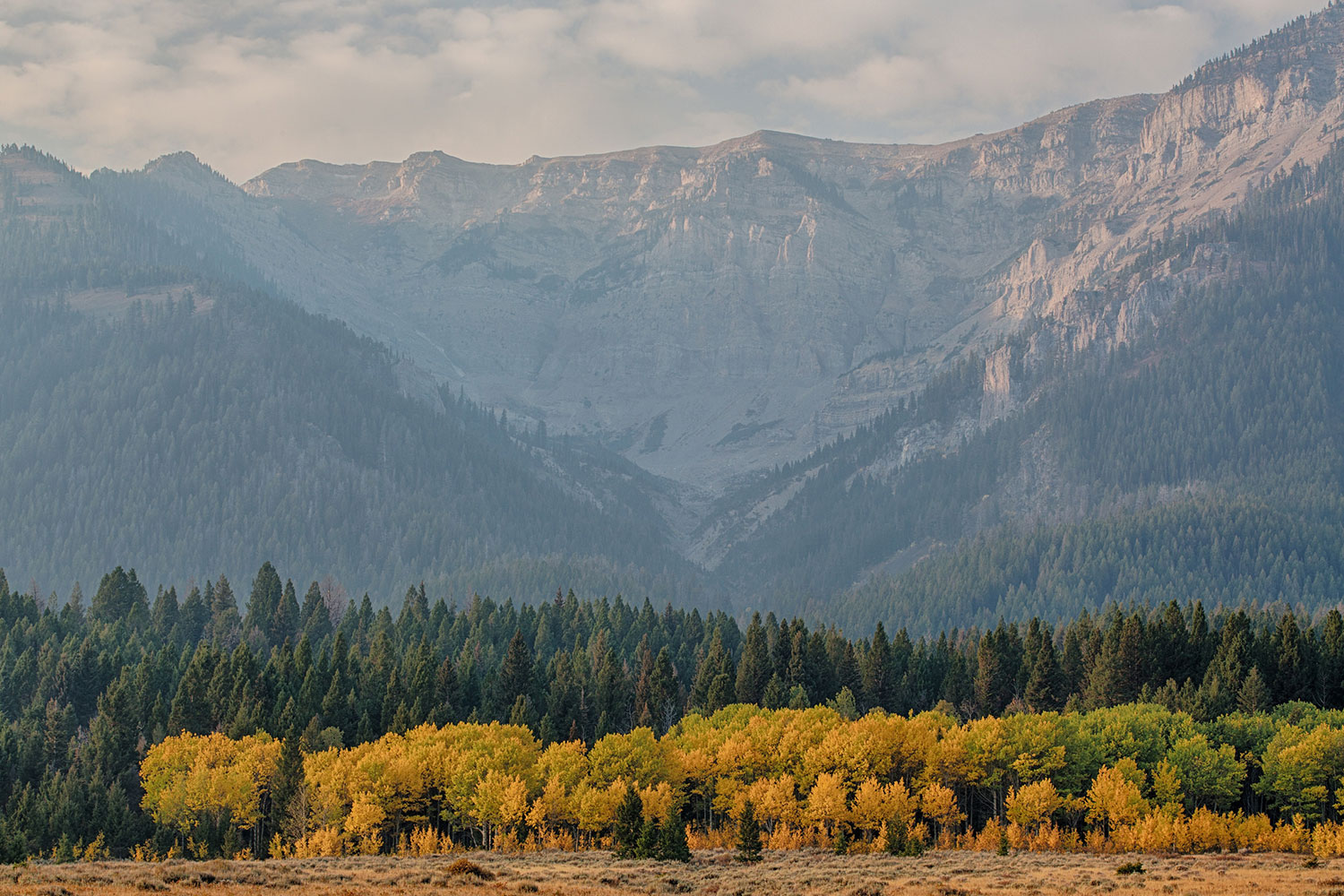




Dumping into the Everglades and the Caloosahatchee River has been going on for years and fish kills have become more frequent and more devastating to the point where if you catch 5 or 6 fish on a charter where you use to catch 40 or 50 is now and they are not being able to rebound in and around Sanibel Captiva. The politicians have caved in to the agricultural businesses and now when damage beyond control has happened, the holier than thou politicians want to make you think they give a s–t and are on top of the problem. The sports fishing industry in South Florida is and will continue to be devastated and it will effect any business that sells related equipment, clothing, charters and lodging. Also, many retiree’s have worked all their productive lives and have dreamed about fishing as natives and homeowners from the north, every day and don’t think that this entire picture will not change the financial reality of South Florida.
I support this effort!